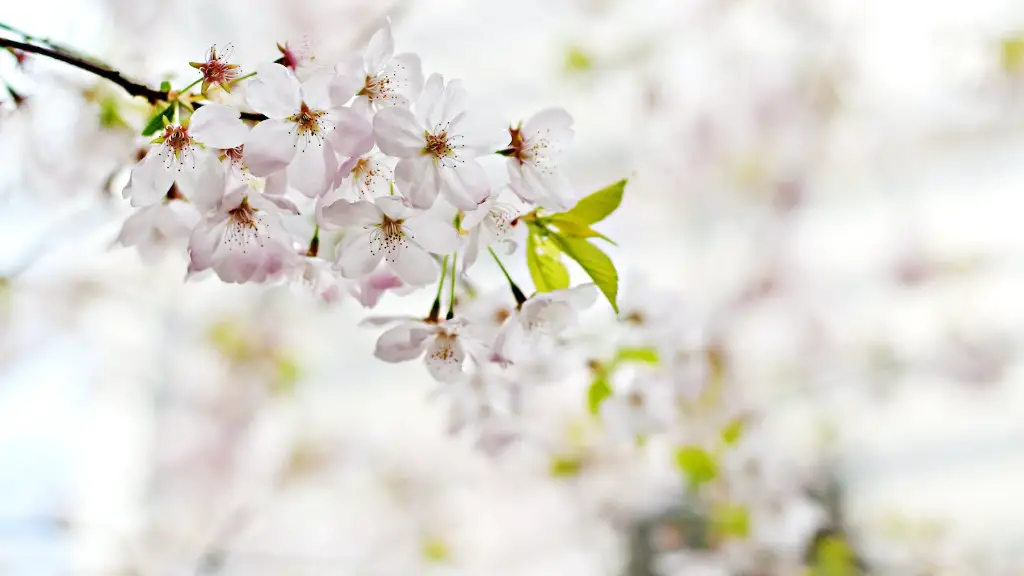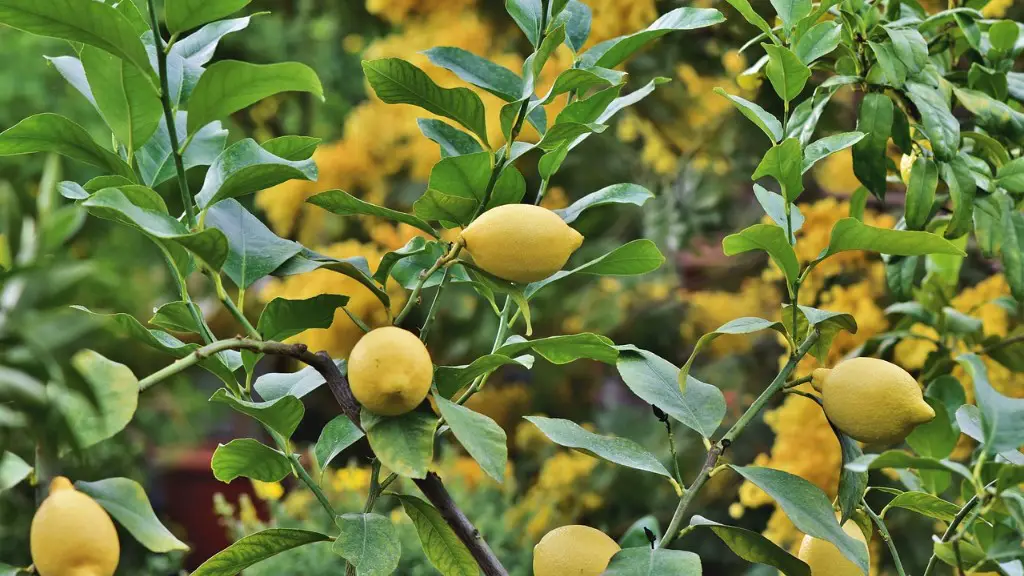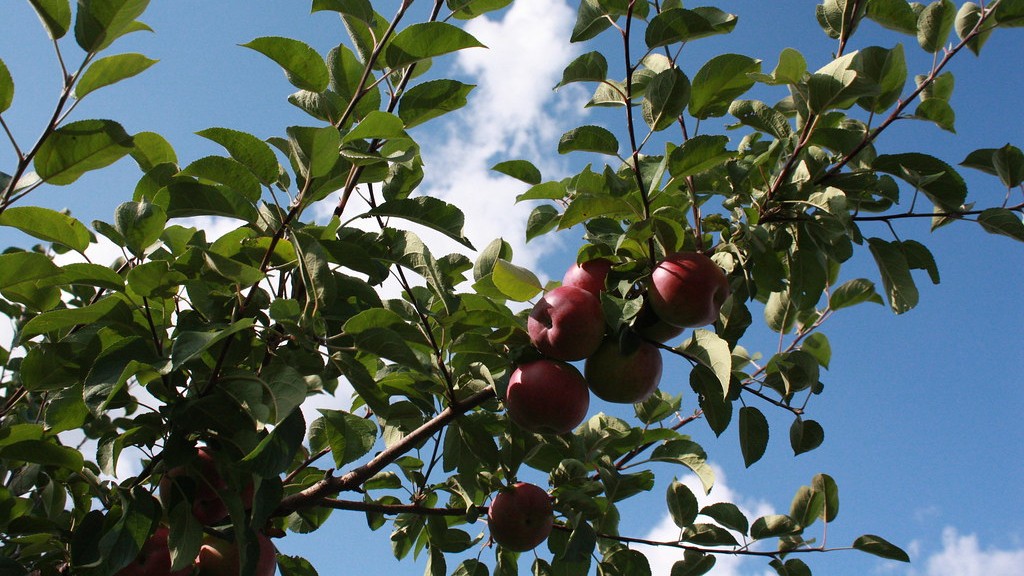Initial Growth
When planted, a flowering cherry tree is a small whorl of branches, usually about 18 inches to 2 feet tall. This initial growth rate is similar to other types of trees, and the tree continues to grow an additional 3 to 6 feet each year until the cherry tree reaches the mature height of 25 to 35 feet. Most flowering cherry trees are considered mature once they are 10 or more years old.
Growth Variations
The speed at which a flowering cherry tree grows varies depending on the cultivar and environmental conditions. Factors such as sun exposure and soil quality can impact the rate of growth. For example, a cherry tree growing in well-drained soil will grow more quickly than a cherry tree planted in clay soils. In addition, trees living in hotter, drier climates tend to grow more quickly than those living in cooler climates.
The general climate also plays a role in how fast a flowering cherry tree grows. Trees planted in areas with milder winters and longer growing seasons tend to grow more quickly than those in areas with harsher winter conditions. The amount of rainfall also impacts a tree’s growth rate: more water means more growth.
Cultivar Affects
The type of flowering cherry tree also affects the rate of growth; different cultivars grow at different rates. Some trees are fast-growing, while others grow more slowly. Generally, the larger the flower, the slower the growth rate of the tree. The two main types of cherry trees– yakushima and Prunus serrulata– grow at different speeds, with yakushima growing the slowest.
It is important to consider the overall size of the tree when choosing a cultivar. Some cultivars like Prunus campanulata require bigger spaces than other, smaller cultivars like Prunus serrulata. For those limited on space, a smaller cultivar may be the better choice.
Location Matters
When deciding where to plant a flowering cherry tree, it is important to select an area that gives the tree a lot of access to sunlight. Sunlight is especially important for flowering cherry trees, which tend to be sun-loving trees. The best areas for planting are those that receive at least six hours of direct sunlight each day.
It is also important to select a location that is sheltered from strong wind gusts, which can stress and damage the branches of the tree. The soil should be well-drained and free of stone and other obstructions to allow for healthy root growth. The soil should also be amended with compost or soil conditioners to ensure the tree has access to the nutrients it needs to support healthy growth.
Planting and Watering
Before planting, make sure the tree has plenty of access to sunlight, is in an area protected from wind, and has well-drained soil. Also, make sure to water the tree regularly, especially in the summer months when water is scarce. During the first year, it is necessary to water the tree thoroughly every week to ensure deep root growth. As the tree matures, less frequent watering will be required.
Pruning and Fertilizing
To maximize the cherry tree’s growth rate, it is important to prune the tree regularly. Pruning helps maintain the shape of the tree and encourages new growth. Pruning should be done early in the summer when the tree is actively growing. It is also important to fertilize the tree twice a year– in the spring and fall– to ensure the tree has access to the nutrients required for healthy growth.
Fertilizing helps to keep the soil healthy and improve the tree’s ability to absorb moisture and nutrients. To maximize the benefits of fertilizing, use a balanced fertilizer with a ratio of nitrogen, phosphorus, and potassium. When applying fertilizer, spread a thin layer over the soil and water it in well.
Development Stages
It typically takes about five to ten years for a flowering cherry tree to reach maturity. During this time, the tree will go through a number of stages of development. The first is the seedling stage, which lasts for the first two to three years. During this stage, the tree is less than 2 feet tall, with small branches and few leaves.
The second stage is the sapling stage, which lasts for the third to fourth year. During this stage, the tree is between 2 and 4 feet tall and starts to produce more leaves and branches. The third stage is the adolescent stage, which lasts between the fourth and sixth years of growth. During this stage the tree is between 4 and 8 feet tall and starts to produce more flowers.
The fourth stage is the mature stage, which lasts from the sixth to tenth years. During this stage, the tree is between 8 and 25 feet tall and produces the most flowers. Finally, the fifth stage is the late-maturity stage, which lasts from the tenth year onwards. During this stage, the tree reaches the maximum height of 25 to 35 feet.
Maintenance Needs
Once a flowering cherry tree is mature, it is important to continue to maintain it in order to ensure it stays healthy. This includes providing adequate water and nutrients, as well as pruning to encourage new growth and branches. It is also important to inspect the tree regularly to identify any pests, such as aphids, or diseases and to treat them quickly. The tree should also be protected from harsh winter weather, such as heavy snow or freezing temperatures.
Environmentally Friendly
Flowering cherry trees are environmentally friendly, providing food and shelter for wildlife, including birds and insects. The cherry blossom also acts as a natural air purifier, helping to reduce air pollution. Additionally, flowering cherry trees increase property value and add a pleasant aesthetic to any landscape.
Conclusion
Flowering cherry trees are relatively low-maintenance, fast-growing trees. With proper selection, planting, and maintenance, a flowering cherry tree can grow up to 25 to 35 feet tall in just 10 years. Growing a flowering cherry tree is a great way to add beauty, structure, and value to a landscape, as well as to support local wildlife.




